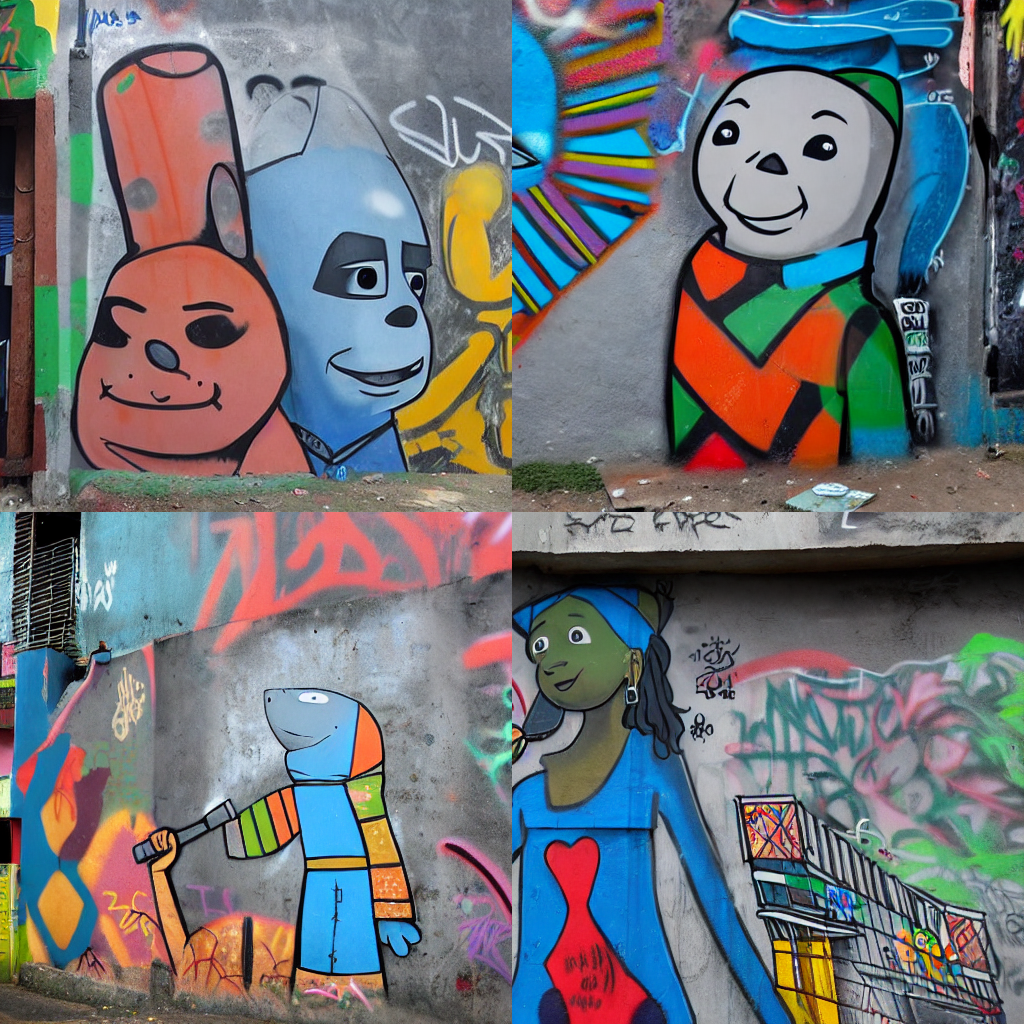Textual inversion
The StableDiffusionPipeline supports textual inversion, a technique that enables a model like Stable Diffusion to learn a new concept from just a few sample images. This gives you more control over the generated images and allows you to tailor the model towards specific concepts. You can get started quickly with a collection of community created concepts in the Stable Diffusion Conceptualizer.
This guide will show you how to run inference with textual inversion using a pre-learned concept from the Stable Diffusion Conceptualizer. If you’re interested in teaching a model new concepts with textual inversion, take a look at the Textual Inversion training guide.
Login to your Model Database account:
from huggingface_hub import notebook_login
notebook_login()Import the necessary libraries:
import os
import torch
import PIL
from PIL import Image
from diffusers import StableDiffusionPipeline
from diffusers.utils import make_image_grid
from transformers import CLIPFeatureExtractor, CLIPTextModel, CLIPTokenizerPick a Stable Diffusion checkpoint and a pre-learned concept from the Stable Diffusion Conceptualizer:
pretrained_model_name_or_path = "runwayml/stable-diffusion-v1-5"
repo_id_embeds = "sd-concepts-library/cat-toy"Now you can load a pipeline, and pass the pre-learned concept to it:
pipeline = StableDiffusionPipeline.from_pretrained(
pretrained_model_name_or_path, torch_dtype=torch.float16, use_safetensors=True
).to("cuda")
pipeline.load_textual_inversion(repo_id_embeds)Create a prompt with the pre-learned concept by using the special placeholder token <cat-toy>, and choose the number of samples and rows of images you’d like to generate:
prompt = "a grafitti in a favela wall with a <cat-toy> on it"
num_samples = 2
num_rows = 2Then run the pipeline (feel free to adjust the parameters like num_inference_steps and guidance_scale to see how they affect image quality), save the generated images and visualize them with the helper function you created at the beginning:
all_images = []
for _ in range(num_rows):
images = pipe(prompt, num_images_per_prompt=num_samples, num_inference_steps=50, guidance_scale=7.5).images
all_images.extend(images)
grid = make_image_grid(all_images, num_samples, num_rows)
grid